Last week, Mathieu and I ticked off a big item on our bucket list: seeing and photographing the puffins on Skomer Island in South Wales.
Every year between April and August, these beloved birds flock in the thousands to the island to breed, only to return to the sea for the rest of the year once their chicks have fledged.
Puffins are extremely popular amongst wildlife photographers due to their distinctively-coloured beaks that give them a clown-like appearance – hence the nickname “clowns of the sea”.
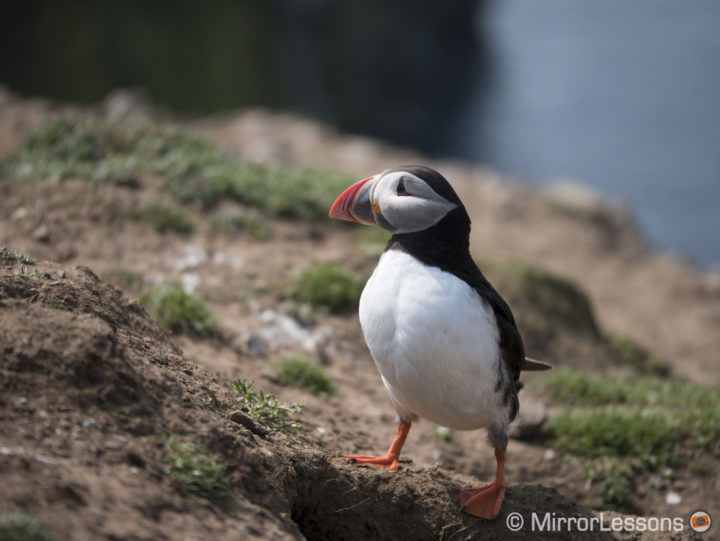
Since they have little fear of humans, you can get extremely close to them as they scuttle to and from their burrows, carrying dead grass to furnish the nesting chamber or sandeels to their growing chicks. This behaviour stands in stark contrast with that of most other birds and animals on the island, which prefer to remain elusive.
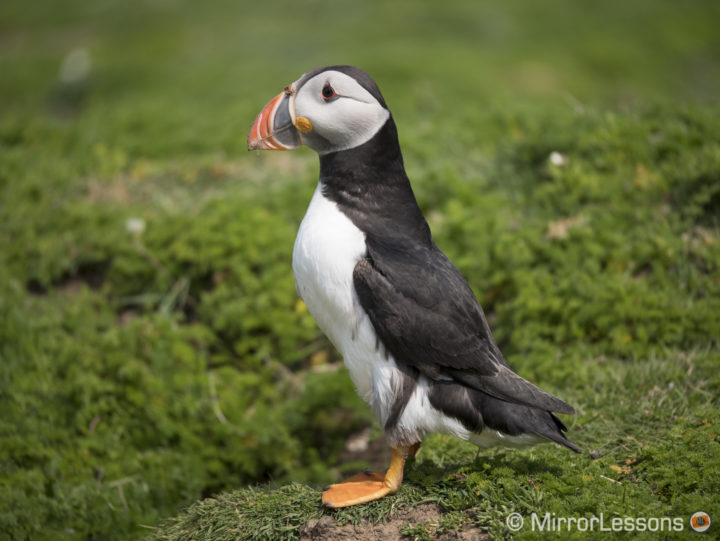
Despite their comical appearance, puffins are extremely hard-working, flying hundreds of kilometres per day to collect food for their chicks. Some of the most iconic photographs of puffins show them carrying large quantities of fish in their beaks, and according to Welsh Wildlife, the world record is an astounding 80 small larval fish!
We happened to visit in early May, which isn’t the right time to observe the puffins carrying food unfortunately, but still provided ample opportunities to photograph the birds against a backdrop of bluebells and sea campion. The most densely populated area is The Wick, and this is where we (as well most other visitors) spent the majority of our time after completing the 4 mile trek around the island.
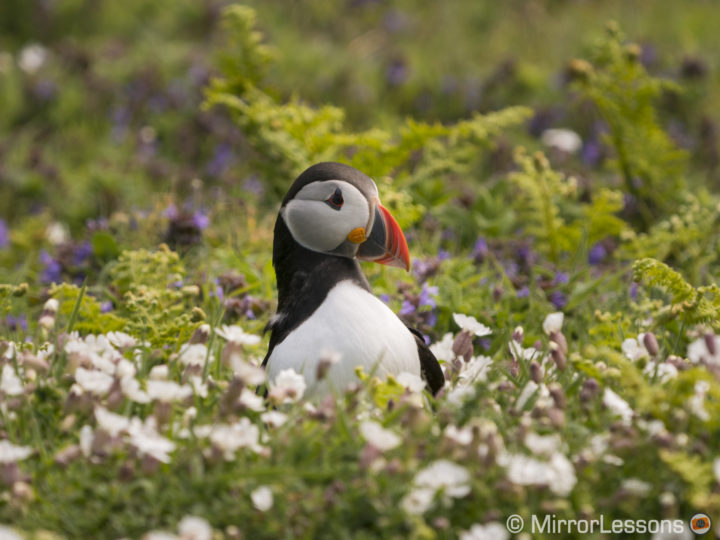
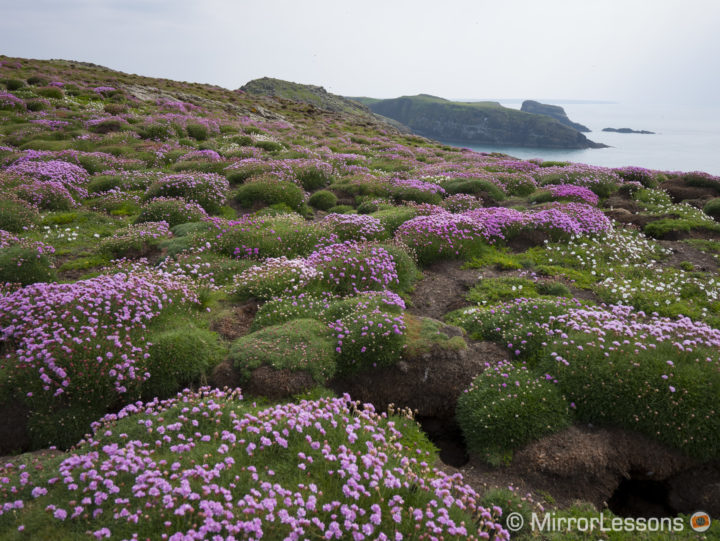
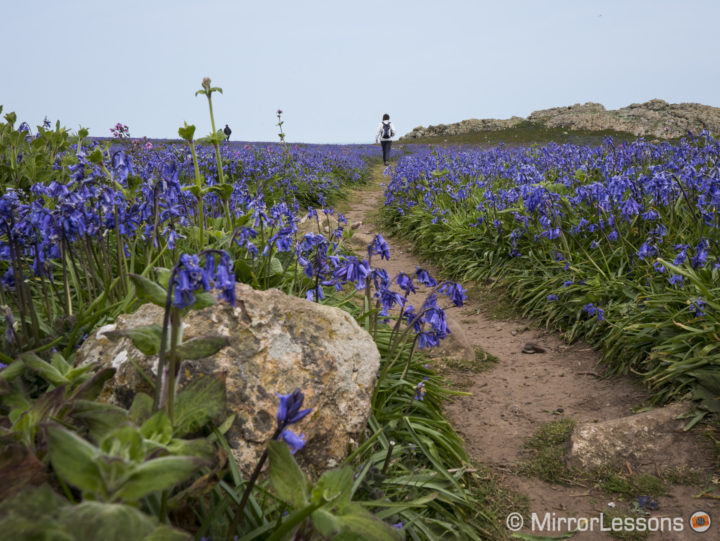
Since Mathieu had the Panasonic Lumix GH5 and the Leica 100-400mm f/4-6.3, he was able to capture a variety of images, from static pictures of the puffins shuffling around their burrows to action shots of them hurtling through the air at nearly 90km/h, wings flapping 400 times per minute.
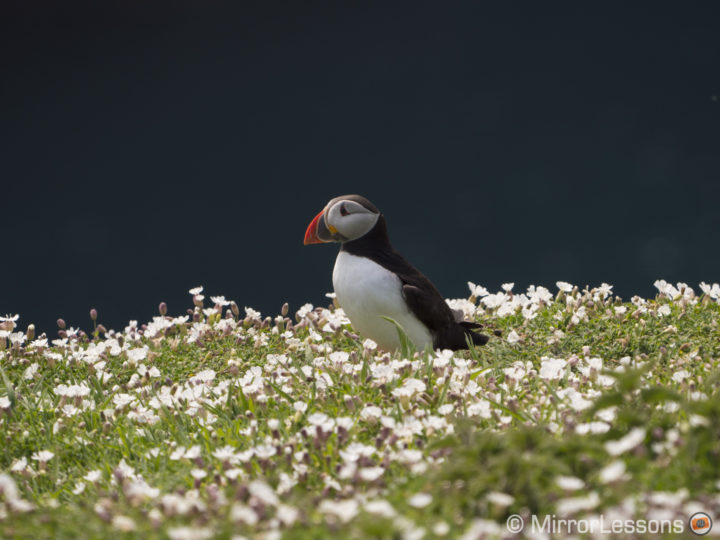
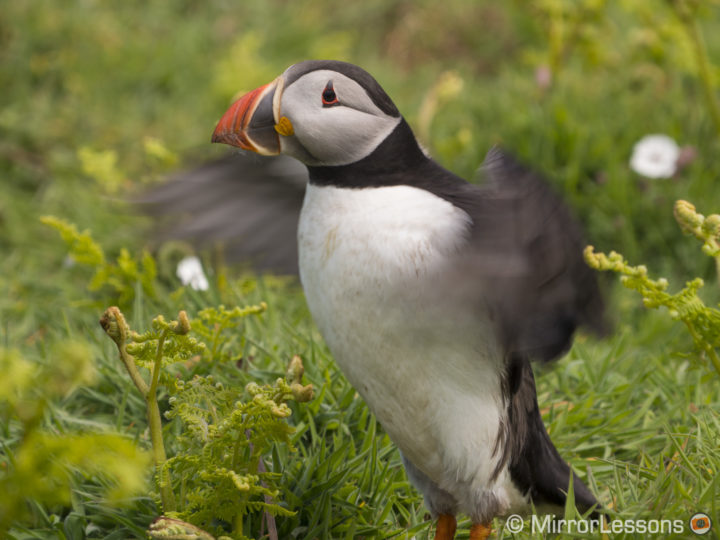
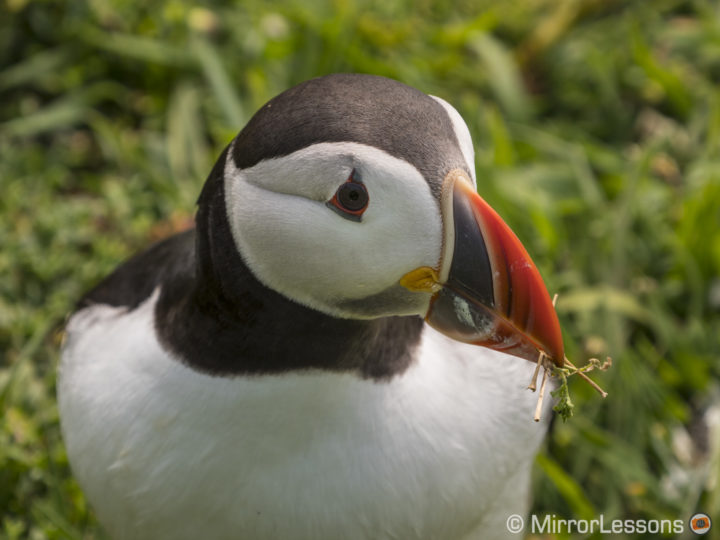
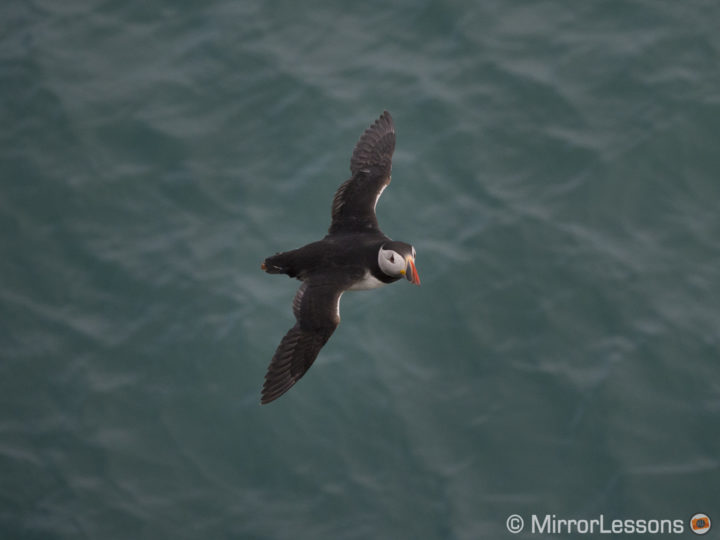
Having only brought the Lumix GX80 with the Pana-Leica 8-18mm for landscapes and the Lumix G 35-100mm f/2.8 for wildlife, I wasn’t able to capture any puffins in flight but the telephoto lens was more than enough to photograph those which had burrowed close to the path. I didn’t stay in one place for too long, however, as people standing along the path can block their access to the sea, making them more vulnerable to predatory gulls.
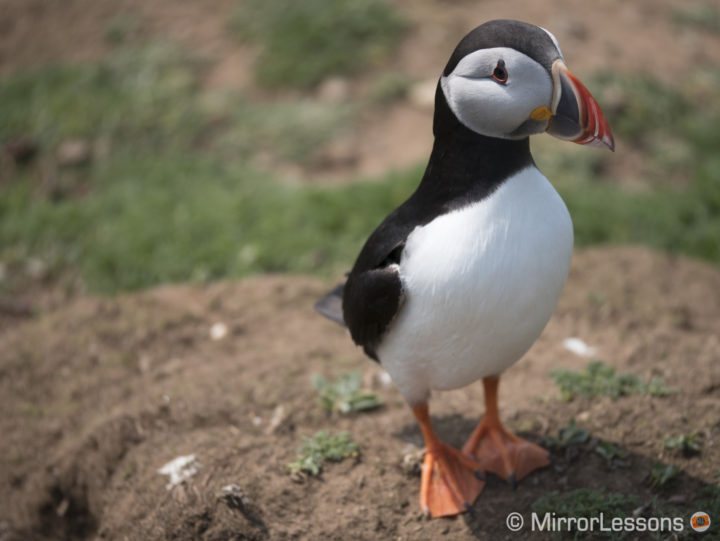
In 2015, puffins were added to the International Union for Conservation of Nature (IUCN) Red List of Threatened Species. This means that these wonderful birds are now at risk of extinction due to pollution, declining food sources and oceanic shifts caused by climate change. According to the RSPB, up to eight million puffins could be lost over the next 50 years, which accounts for two-thirds of the European population.
Since visiting the island, we have personally fallen in love with these amazing creatures, which is why we have begun making monthly donations to the RSPB. Doing so will help the organisation to:
- eradicate rats from puffin islands and prevent them from invading islands currently free of them
- establish more Marine Protected Areas
- support the work that happens of flagship reserves
If you too would like to help puffins and other seabirds affected by pollution, commercial fishing and climate change here in the UK, here are just a few ways to do so.
- donate to the RSPB as we are doing
- donate to The Wildlife Trust of South & West Wales’ #SaveOurSeabirds campaign
- adopt a puffin for yourself or as a gift
Have you ever had the chance to photograph a puffin? If so, we’d love to see your favourite picture below and hear about your experience.
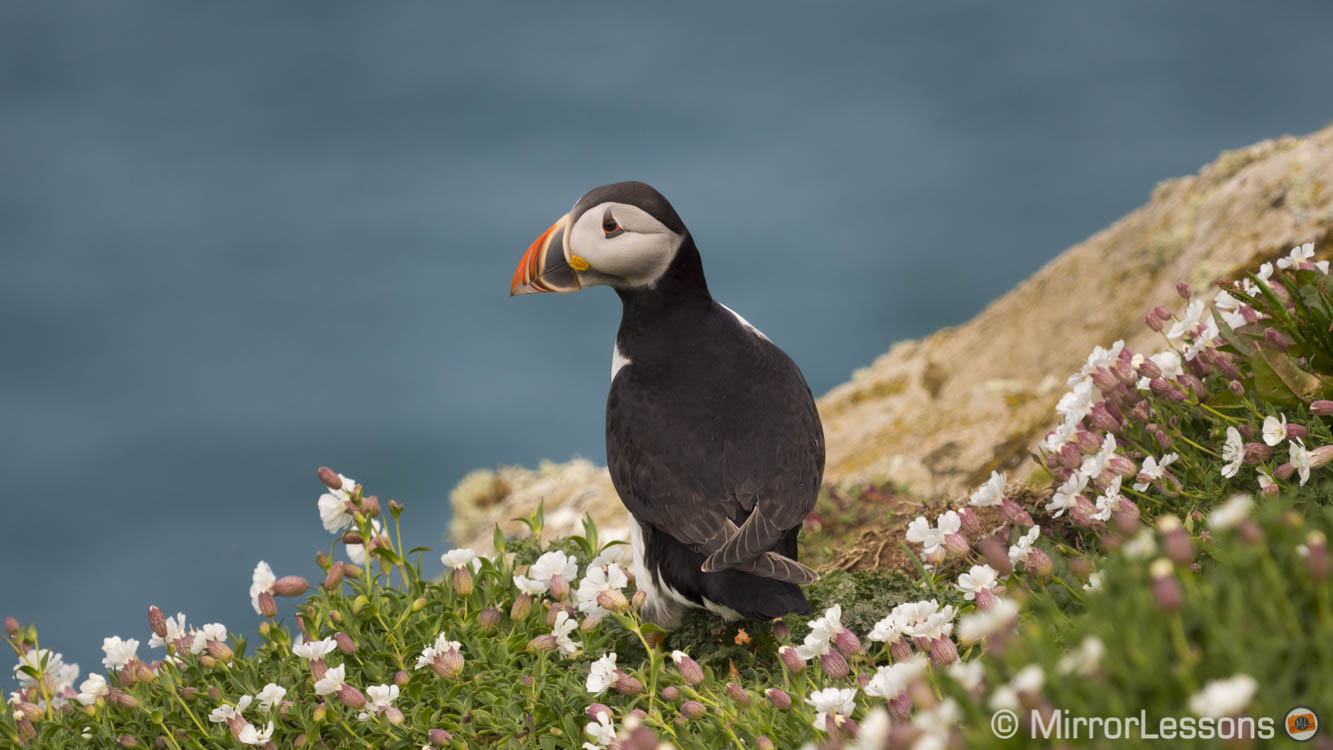
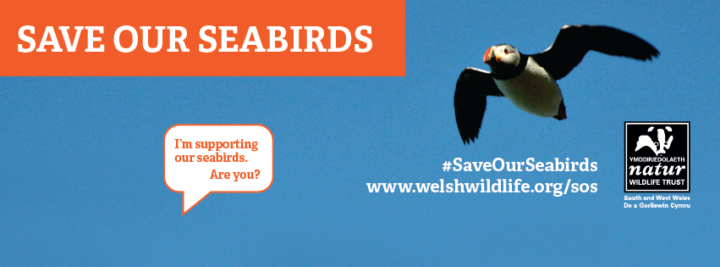
Despite the extreme low resolution of the uploads, the photos are Absolutely Stellar. Very very impressive.
If I lived in Europe rather than Australia, I’d go there to photograph the puffins in a flash. Cute birds and a beautiful location.
Great shots! I’ll definitely be adding seeing and photographing puffins on my bucket list 😀
Thanks. They’re from RAW.
Are they OOC jpegs or processed? Nice captures.
Mathieu, I did already read that article, which is excellent information, btw. In an ideal world I would get a D500 and the 200-500 but I can no longer carry or use such weight. When the 100-400 was announced I actually changed my main camera system (Sony) back to m43rds because of that lens. But my results have been hit and miss. Obviously, I blame myself primarily but on the other hand the AF on the GX8 for wildlife is rudimentary. It is a shame the Olympus have created an offering which is so much more expensive to own than the D500/200-500, or even D500+300PF+1.4E that I have been looking at. Thanks again for a great site.
The GH5 definitely has a better AF than the GX8 but the hit rate for birds in flight is still lower in comparison to cameras with phase detection AF. I wrote an article on this topic here, it could be of help:
http://mirrorlesscomparison.com/best/mirrorless-cameras-for-wildlife-and-bird-photography/
I am increasingly disappointed with the performance of my GX8 and 100-400. Consistent focus is hard to achieve at 400mm (the whole purpose of the lens, imho) and AF is can also be slow at times. I would be interested to know if you think I would see a marked improvement in AF and IQ if I upgraded to a GH5. The way things are going I am actually thinking of changing systems entirely for bird photography. Your captures seem to demonstrate a better hit rate with the GH5 and 100-400.
Thanks. There is some improvement with the GH5, especially with dynamic range (better highlight preservation) which is a similar improvement between the E-M1 and E-M1 II.
GH5 review almost ready, but it’s going to take some time to assemble the video.
Nice review again. The few pics I have seen of the GH5 makes me think the IQ is really visibly better than GX85. There is something to it…..Eradicating a species so a prefered one can survive based on personal preferences (rare over common in this case) always will be a very eary thing to me as it reminds me of some other preferences some other people had somewhere before 1950 in which a “race” was deemed less than worthy to survive….But well…to each their own I guess. Wonder when the GH5 review will come, looking forward to it.
Well I know where I’m going this time next year. Thanks for the article and promoting some worthy causes. Also, bought the 35-100 S/H recently and loving it, probably going for the 100-300 next for trips like this (the big PL a bit pricey for me)
I’d love to take a trip to Newfoundland. I’ve only ever been as far as Cape Breton. 🙂
No problem Alex, that was a mistake indeed! Thanks!
I am working on my GH5 review, hopefully it will be out in a couple of weeks (there is so much stuff to test between stills and video LOL).
Hi Heather, Hi Mathieu,
I don’t want to be nitpicking but you say “Since Mathieu had the Panasonic Lumix GH5 and the Leica 100-400mm f/4.5-5.6 …”. The PL100-400 has a aperture of 4-6.3.
Keep the good work up, I really appreciate what you two are doing and I love your neutral comparsions and reviews! Looking forward for a GH5 review.
Kind regards,Alex
Another interesting review with wonderful images from Mirror Lessons! We had the good fortune of seeing Puffins and other seabirds in Newfoundland a few summers ago – http://www.newfoundlandlabrador.com/thingstodo/birdwatching
Yes it’s an excellent lens.
Some very nice pictures indeed, also from the 35-100mm lens. Are you satisfied with the 100-400 mm lens?